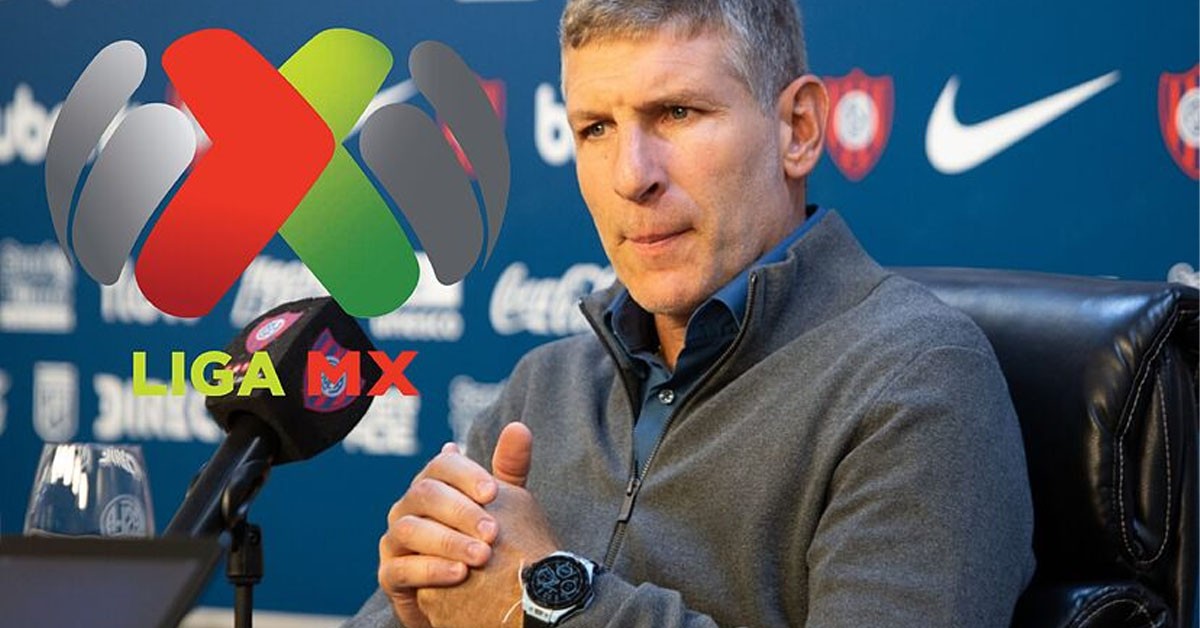It all began inconspicuously, with a low-key press release on a somber Tuesday, bearing the official Buckingham Palace crest. At first glance, it seemed normal, even banal. However, beneath the formal wording was a shocking revelation. The royal family was examining documents that could lead to an official inquiry into the whereabouts of Princess Diana. The announcement has sparked a wave of speculation. Will new evidence be forthcoming? Will political pressure mount? The release has reignited long-standing suspicions about Diana’s tragic death in 1997, particularly in light of the Paris plane crash and the unprecedented secrecy surrounding her final resting place.

Unlike other members of the royal family, Princess Diana was not buried in a traditional royal location such as Westminster Abbey or St. George’s Chapel. Instead, she was buried on a small island in the middle of Oval Lake at Althorp, the Spencer family estate. The site has long symbolised both peace and separation, a sanctuary that remains off-limits to the public who worshipped her. Diana’s brother, Charles Spencer, claimed that the burial site was chosen to protect her dignity and shield her from public attention. However, newly declassified correspondence from 1997 reveals deeper tensions. Letters between palace aides and the Spencer family reveal disputes over her burial, with the royal family favouring a more public interment.
Recently, structural engineers carrying out routine erosion control at Althorp stumbled upon something extraordinary: a sealed concrete vault beneath the island, unrecorded in any official records. Sonar scans revealed a complex geometric chamber hidden under layers of mud, raising questions about its purpose and contents. Concerned, local officials contacted forensic historians and structural analysts under strict orders not to disclose the information. Their findings showed that the contents of the vault did not match the burial artefacts known from Diana's 1997 burial. The discovery prompted King Charles III to personally inform both Prince William and Prince Harry, leading to a private meeting that left them shocked.

Shortly afterwards, Buckingham Palace issued a rare direct statement, announcing discussions about the possibility of temporarily opening Diana’s tomb. The moment sent shockwaves through the country, turning speculation into reality. The possibility of disturbing her final resting place became a hot topic of discussion. As the news spread, theories began to emerge. Could the crypt contain personal belongings, secret letters, or even Diana’s missing diary? Speculation about DNA testing and the disturbing question of whether Diana was actually in the tomb began to spread. Public pressure mounted as questions remained about the circumstances of her death, including the speed of her embalming and the sealed French medical records.
Within the royal family, reactions to the potential investigation were mixed. Prince William was said to be in favor of a controlled inquiry, believing that the truth should be protected. Prince Harry, on the other hand, is said to be more conflicted, fearing that reopening the mausoleum would taint the peace they fought to maintain. Charles Spencer, Diana's brother and the estate's guardian, has not made an official statement but is said to be torn between honoring his sister's peace and facing public demands for clarification. Members of the public have begun to gather quietly around Althorp, lighting candles and holding signs reading "Let her rest" and "Truth matters". The palace has granted 30 days for an investigation. Whether this will lead to a full-scale excavation or a full-scale sweep remains to be seen, but one thing is certain: if the mausoleum is opened, the consequences will be historic.

